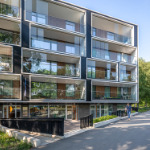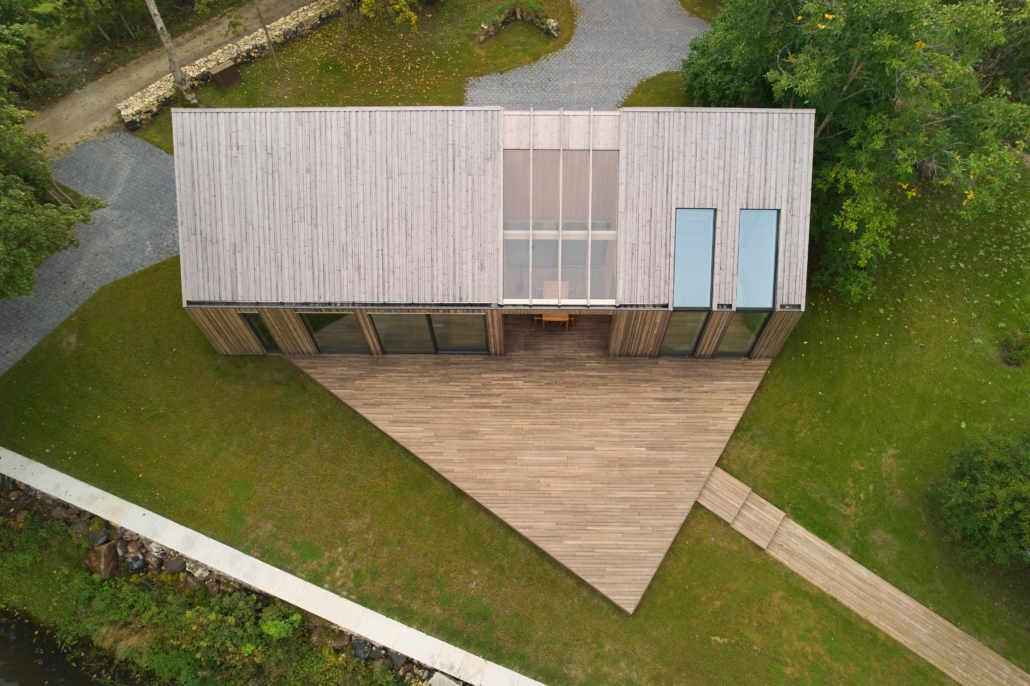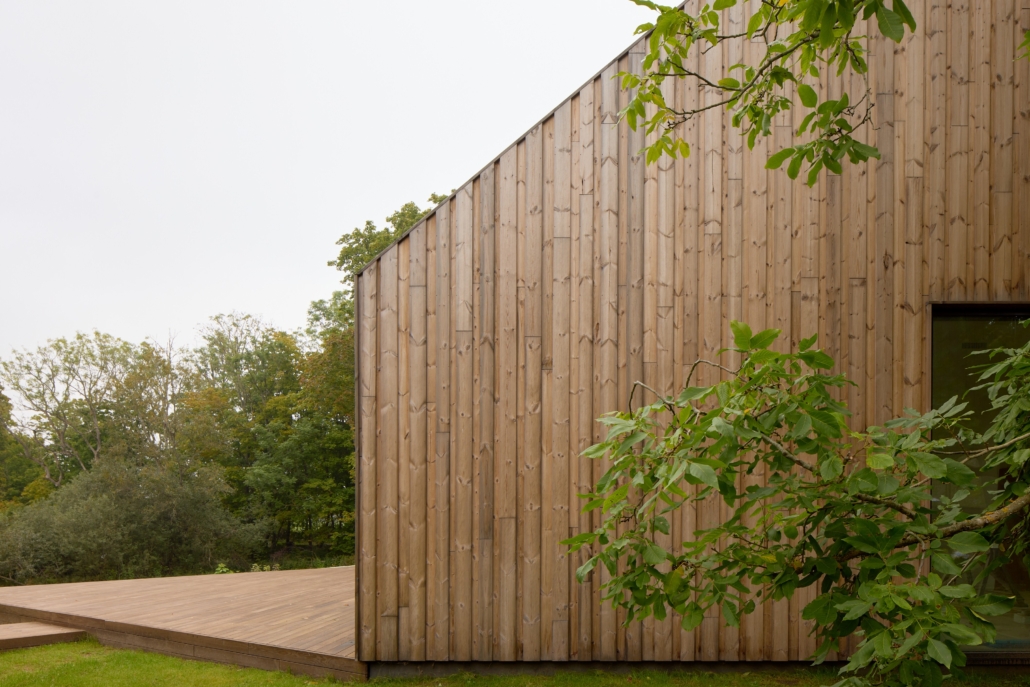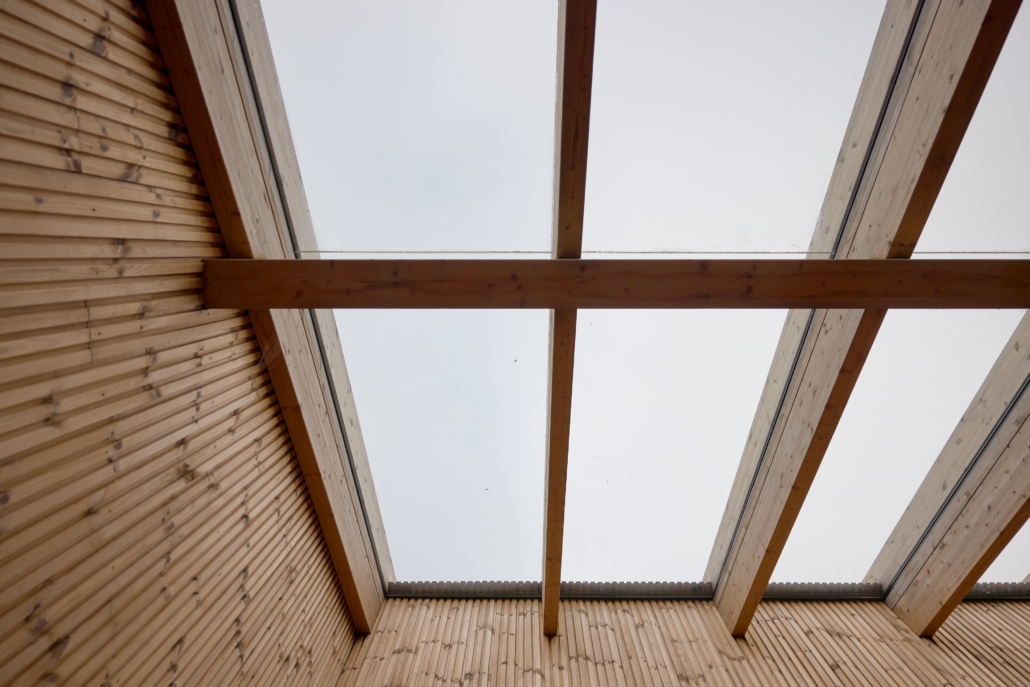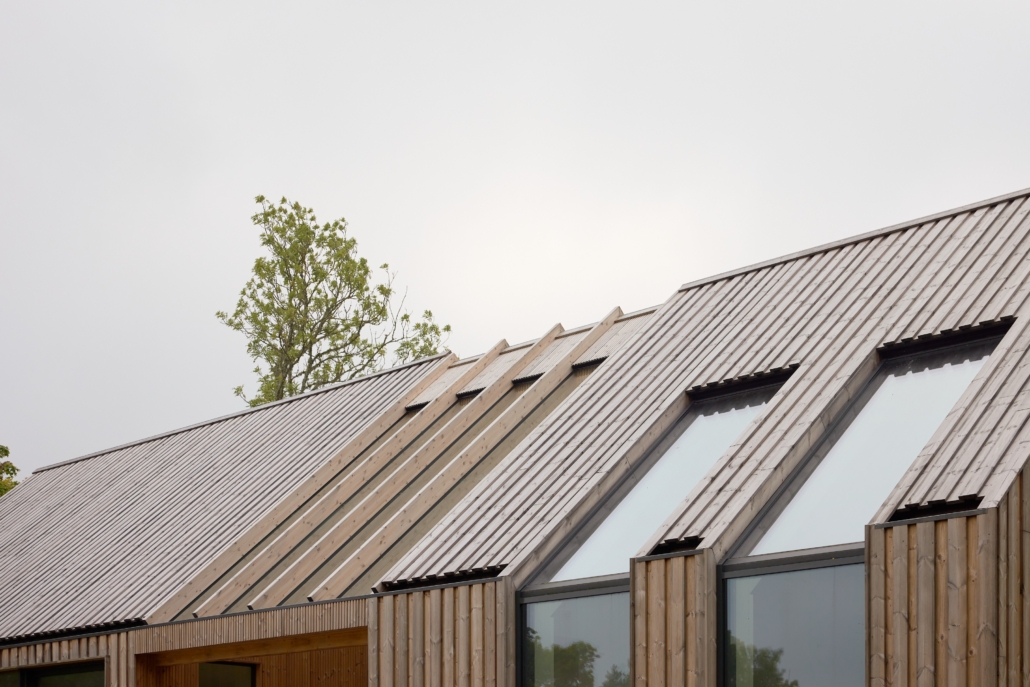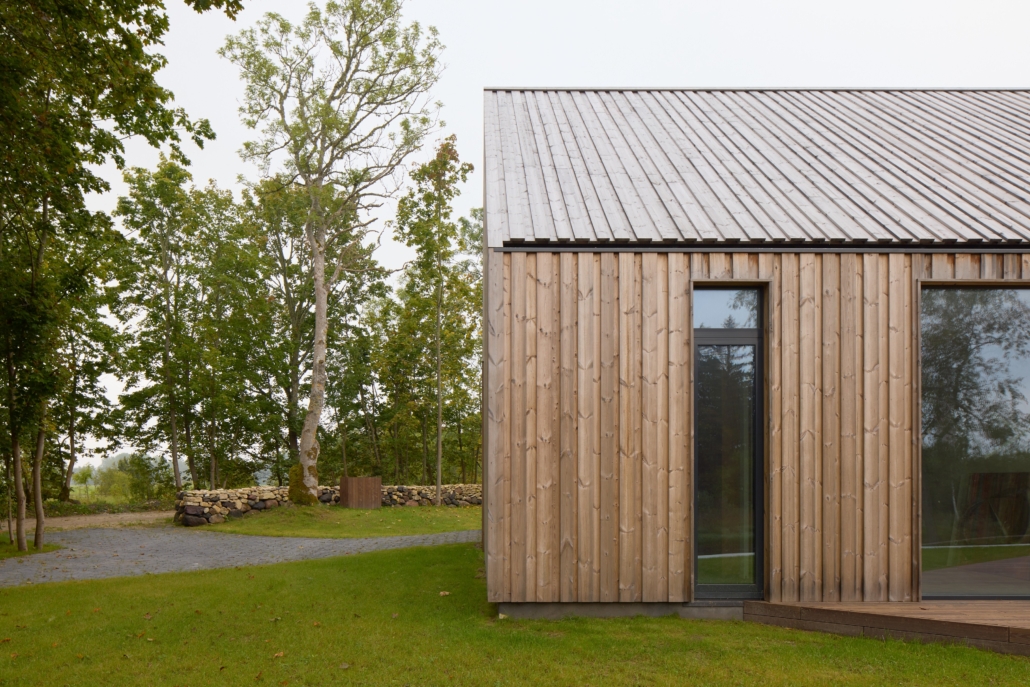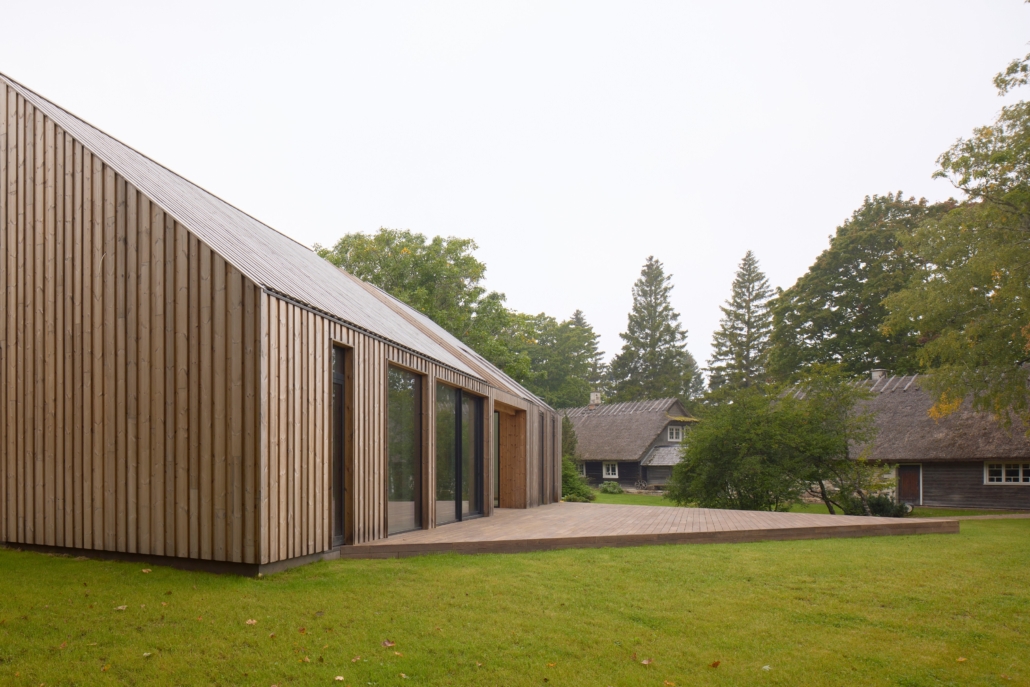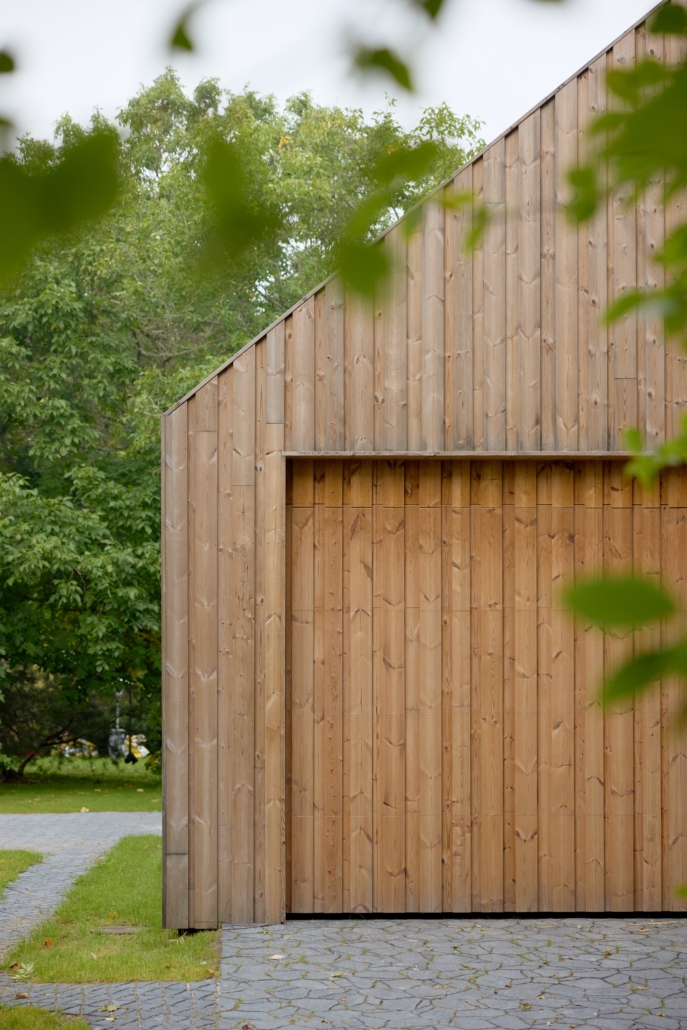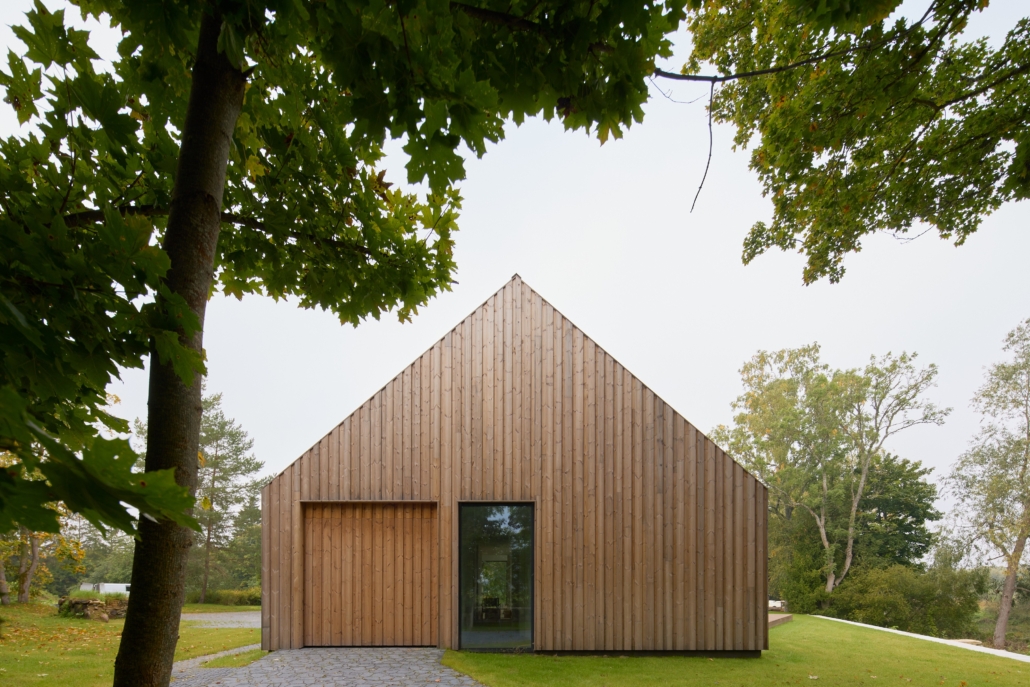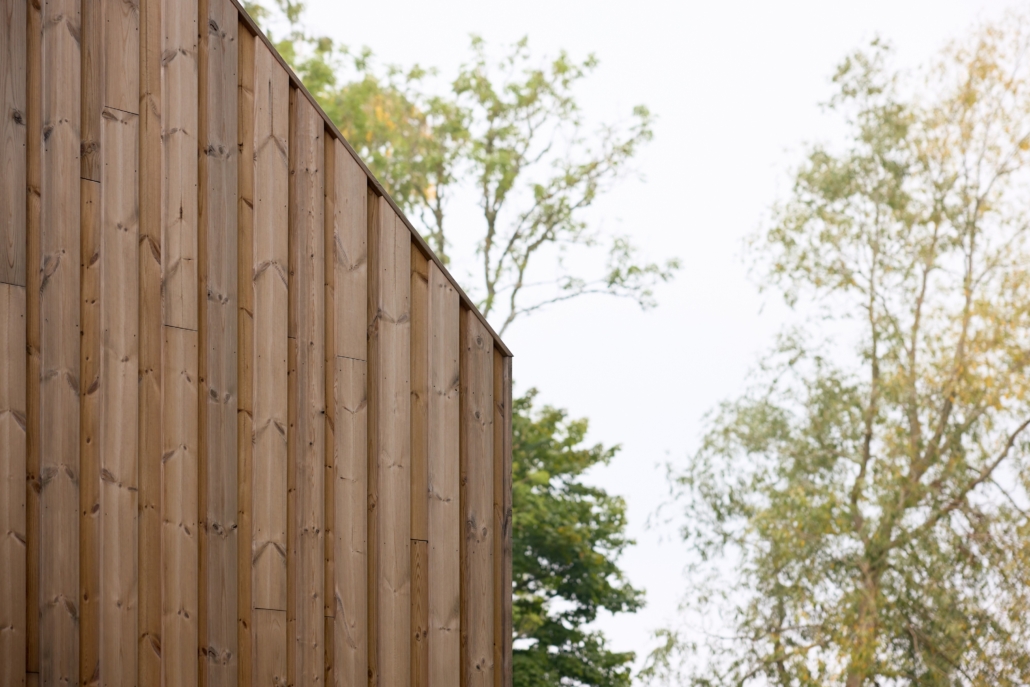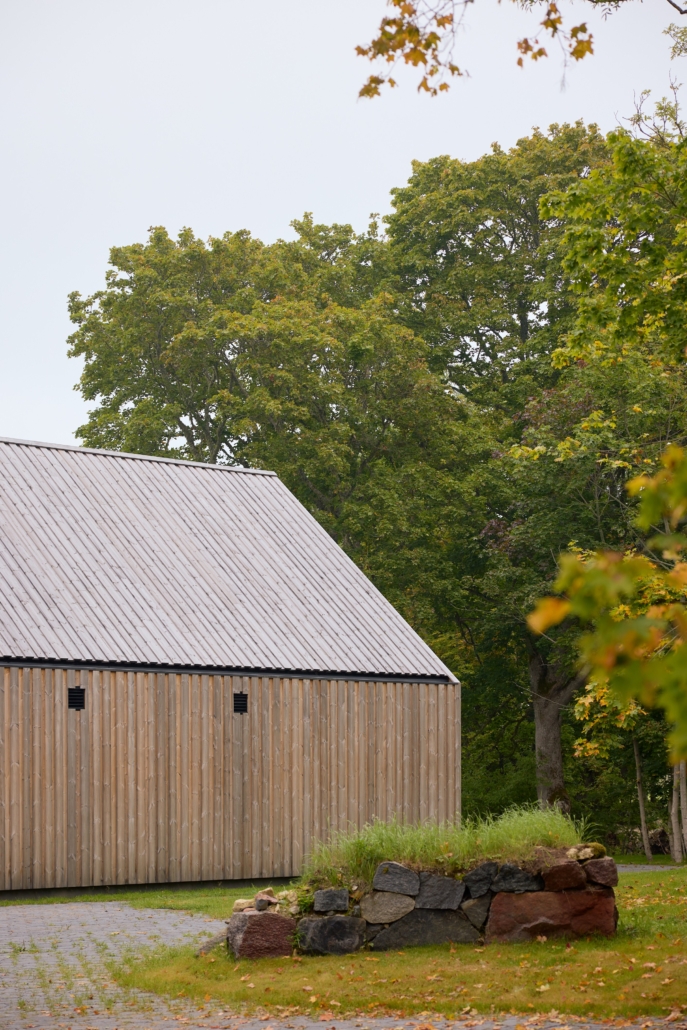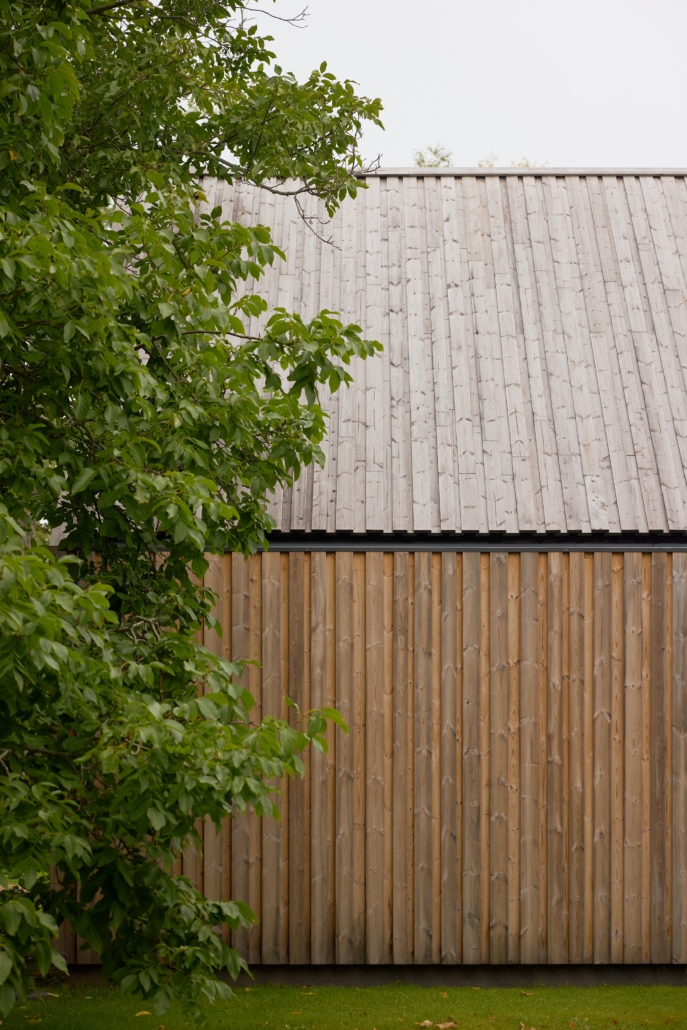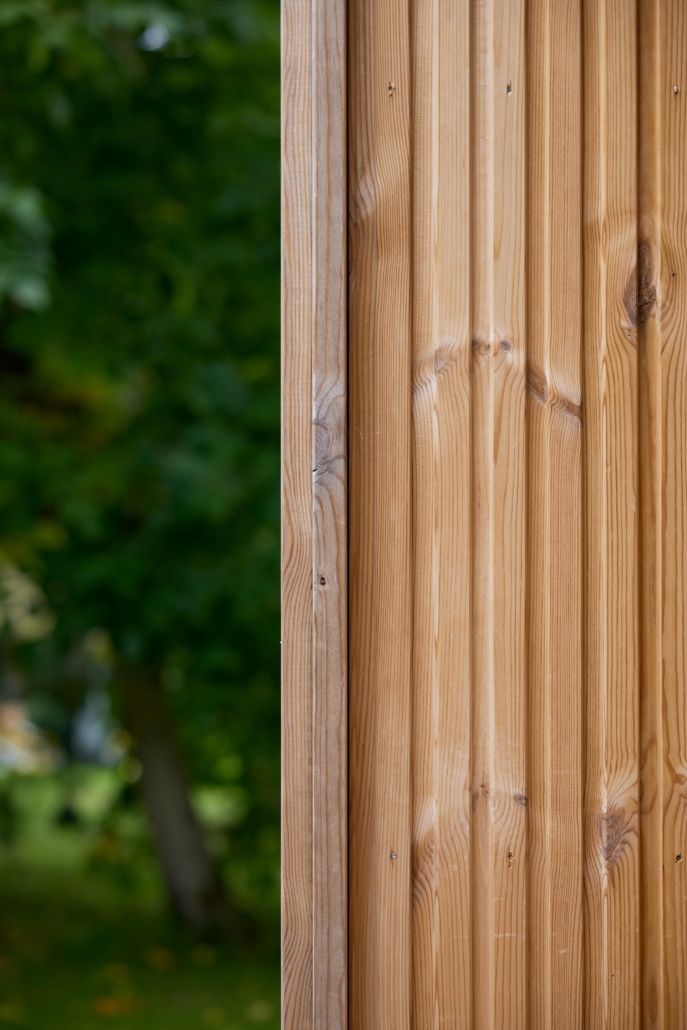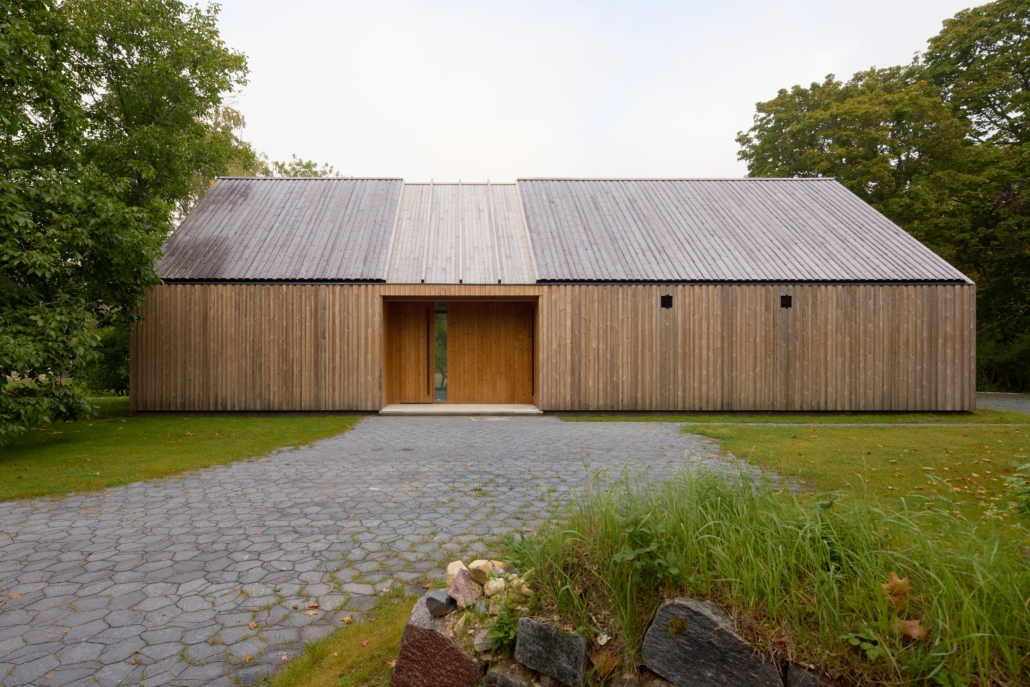Passivhaus is a voluntary standard for energy efficiency in a building that reduces the building’s carbon footprint.
Conforming to these standards results in ultra-low energy buildings that require less energy for space heating or cooling. Passivhaus standards are available for residential properties, office buildings, schools, kindergartens and supermarkets.
Incorporating materials which emit lower levels of CO₂ into the design of a building lowers the carbon footprint of that building. The use of timber cladding in the construction of a new building is an effective way of reducing the building’s carbon footprint. This is because the processing of timber products emits far lower levels of CO₂ than the manufacturing processes of both steel and concrete.
The government’s Wood Encouragement Policy (WEP) stipulates that timber should be used where possible in the construction of public buildings instead of concrete and steel with its key objective being the reduction of overall carbon emissions.
Using timber cladding in the design of a new building contributes greatly to achieving Passivhaus standards which in turn create low-energy buildings with greatly reduced carbon footprints.
